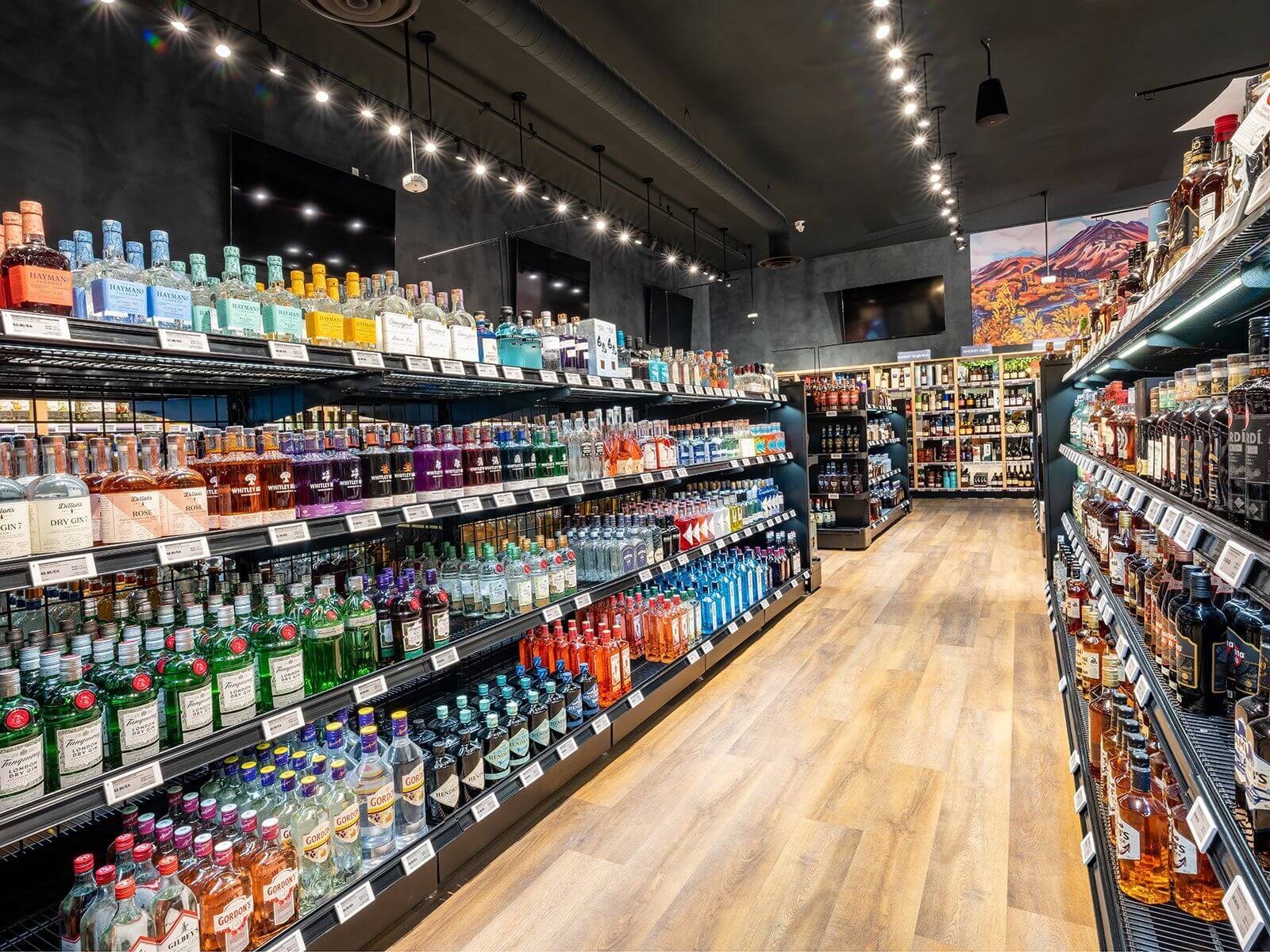
As we step into the dynamic realm of 2024, the retail landscape is gearing up for a significant transformation. The future of retail is not just about selling products; it’s about creating personalized and immersive experiences that cater to the evolving preferences of the modern consumer.
As Lightspeed points out, “While there isn’t a one-size-fits-all solution for future-proofing a retail business, there are actions you can take to prepare for challenges and mitigate risk. And the first step is to look at the current trends and develop adaptive strategies.”
Digital Smart Labels™ are just one of the solutions retailers can adopt to improve their workflows and processes and enhance the capabilities of their staff to assist the customer and provide value on the floor.
Hyper-Personalization: Tailoring the Shopping Experience
The dawn of hyper-personalization in retail is upon us, and it goes beyond addressing customers by their first names in emails. In 2024, retailers are expected to leverage advanced technologies like artificial intelligence and machine learning to gather and analyze vast amounts of customer data. This data will be used to create highly tailored shopping experiences, from personalized product recommendations to targeted promotions.
This level of personalization not only enhances customer satisfaction but also fosters a deeper connection between the brand and the consumer. Retailers will increasingly invest in data analytics and customer relationship management systems to stay ahead in the hyper-personalization game. The National Retail Federation explains, “Shoppers often start their journey online and then visit a bricks-and-mortar store to check it out in person. A hyper-personalized experience is one in which the preferences and products explored in one channel influence their experience in another. Imagine spending an hour researching products on Apple and then receiving a personalized recommendation in the store based on that browsing history.”
Using Technology to Provide More Information: The Rise of Digital Shelf Labels™
The concept of Digital Smart Labels™ are gaining momentum as retailers recognize the importance of providing customers with detailed product information. These electronic price tags not only display the price but also offer dynamic information such as product reviews, nutritional facts, usage tips and can feature QR codes linking to further information. This empowers customers with the knowledge they need to make informed decisions.
Imagine scanning a Digital Smart Label™ with your smartphone and instantly accessing a wealth of information about a product – its origins, sustainability practices, and customer reviews. This integration of technology not only enhances transparency but also aligns with the growing consumer demand for ethical and sustainable products. Retailers are expected to invest heavily in Digital Smart Labels™, blurring the lines between the digital and physical shopping experience.
Customer Interaction: The Heartbeat of In-Store Retail
In an era dominated by online shopping, the importance of in-store customer interaction cannot be overstated. Retailers are predicted to focus on creating meaningful connections with customers through personalized assistance, expert advice, and interactive experiences. In 2024, we anticipate an increased emphasis on training retail staff to be product experts and brand ambassadors rather than mere sales associates.
The goal is to transform shopping from a transactional experience to an emotional one. Interactive kiosks, virtual try-on experiences, and augmented reality applications are anticipated to become commonplace, providing customers with engaging ways to interact with products before making a purchase. This not only enhances the customer experience but also encourages brand loyalty and repeat business.
Enhanced In-Store Experience: Merging Physical and Digital Realms
The distinction between online and offline retail is becoming increasingly blurred. In 2024, retailers are expected to embrace a seamless integration of physical and digital elements to create a truly immersive in-store experience. Augmented reality (AR) and virtual reality (VR) technologies will play a pivotal role in elevating the traditional brick-and-mortar shopping experience.
Imagine trying on clothes virtually without stepping into a fitting room or visualizing furniture in your living room before making a purchase. These innovations not only make shopping more enjoyable but also address common pain points, such as sizing and compatibility issues. “Reformation’s newest store features a tech-driven experience: Shoppers use a tablet to select items they’d like to try on and the garments are sent to a personalized “magic wardrobe” fitting room. Adding to the magic is the option to request an alternative size from the fitting room and just wait for it to arrive in the two-way closet,” explains the National Retail Federation. “Other retailers are blurring physical and digital to up the ante on shopping experiences. Zara shoppers using the Store Mode feature in the app can digitally tweak their experience to display only products and sizes immediately available at the local store. Target’s app now delivers an experience that is personalized, dynamic and filled with customized inspiration, to sync with the feeling of being in the store.”
Deals and Promos, Everywhere: The Rise of Omni-Channel Retail
Deals and promotions have always been central to the retail industry, but in 2024, they are expected to reach new heights of omnipresence. Retailers will leverage technology to deliver personalized promotions through various channels, creating a seamless and consistent experience across online and offline platforms. Geo-targeted promotions, loyalty programs, and flash sales are anticipated to become more sophisticated, enticing customers to make both online and in-store purchases. As Lightspeed highlights, “The future of retail lies not in the death of one channel or the other, but in the seamless integration of both online and offline experiences. To thrive in the coming year, you must adopt an omnichannel strategy that leverages the strengths of both digital and physical retail. To that end, make sure you use a retail POS and payments system that offers robust ecommerce features and/or integrations. Doing so will help you manage your multi-channel sales and operations seamlessly, providing a consistent experience for your customers.”
The integration of Artificial Intelligence (AI) in predicting consumer behavior will enable retailers to optimize their promotional strategies, ensuring that discounts are offered at the right time and through the right channels. In 2024, consumers can expect to receive tailored promotions not only based on their past purchases but also on their real-time preferences and location.
The future of retail is not just about selling products; it’s about creating memorable and personalized experiences that resonate with the needs and desires of the discerning consumer.


